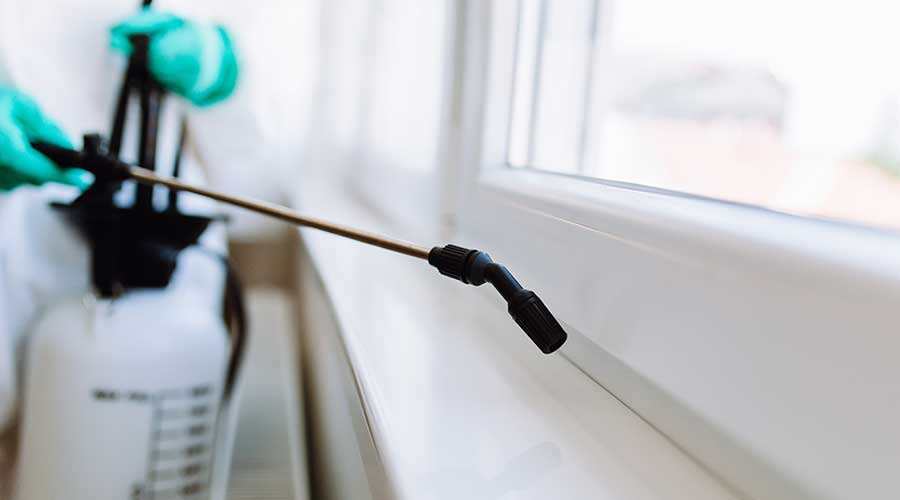When people say, “do not let the bed bugs bite,” it is thought of as a nighttime platitude. However, with reports of a bed bug outbreak at Paris Fashion Week, it comes more as sage advice.
Unsurprisingly, healthcare facilities are not immune to bed bug infestations. Infestations can even cause a facility to restrict access. In 2019, the outpatient area of C.R. Wood Cancer Center at Glens Falls Hospital was closed for three days as staff thoroughly cleaned the space after a reported bed bug outbreak.
When the bed bugs are found, there are a few steps a healthcare facility can take.
According to the Illinois Department of Public Health, confirming a bed bug infestation is the first step towards controlling it. If suspected, specimens should be collected and given to entomologists or pest control experts that are qualified to identify them. The department also says to train all staff so they can recognize and report bed bugs as they are spotted and report them to the proper authorities.
Once identified and confirmed, treatment of the infestation can begin. According to Orkin, the treatment is going to vary depending upon the type of healthcare facility and its individual needs. Given this, Orkin recommends that a facility manager speak with their pest control team to determine what treatment is right for them. Orkin also stresses that deploying environmental services teams and using store-bought or do-it-yourself methods will not be as effective at treatment as a certified pest control professional.
After treatment of the infestation is completed, facility managers still need to be on the lookout for remaining bed bugs or for any subsequent infestations. According to Pest Control Technology, these are some high-risk areas for bed bug introduction:
- Waiting rooms and lobbies
- Emergency rooms (ER) and emergency room exam rooms
- Patient rooms and maternity suites
- Doctor/nurse/employee sleeping quarters
- Employee locker rooms or personal storage areas
- Patient intake areas
Additionally, to prevent infestations, these are four precautions facility managers can take:
- Regularly inspect all areas of the facility for signs of bed bugs. Look in cracks and crevices, especially around chairs, where carpeting meets the baseboard and behind electrical outlets. Also check areas where people frequently gather.
- Vacuuming carpets, floors and furniture can help eliminate and prevent bed bugs.
- Eliminate clutter, as that will give bed bugs less space to hide in.
- Encourage employees and visitors to be watchful for bed bugs at home or while traveling.
According to the Centers for Disease Control and Prevention (CDC), bed bugs do not spread disease or pose many health-related risks. However, these pests are a potential risk to a healthcare facility’s public reputation, among other things. As such, treating and preventing bed bugs are key to staving off any additional consequences of their infestation.
Jeff Wardon, Jr. is the assistant editor for the facilities market.

 Making the Energy Efficiency Case to the C-Suite
Making the Energy Efficiency Case to the C-Suite How to Avoid HAIs This Flu Season
How to Avoid HAIs This Flu Season Design Phase Set to Begin for Hospital Annex at SUNY Upstate Medical
Design Phase Set to Begin for Hospital Annex at SUNY Upstate Medical Building Hospital Resilience in an Era of Extreme Weather
Building Hospital Resilience in an Era of Extreme Weather Ennoble Care Falls Victim to Data Breach
Ennoble Care Falls Victim to Data Breach